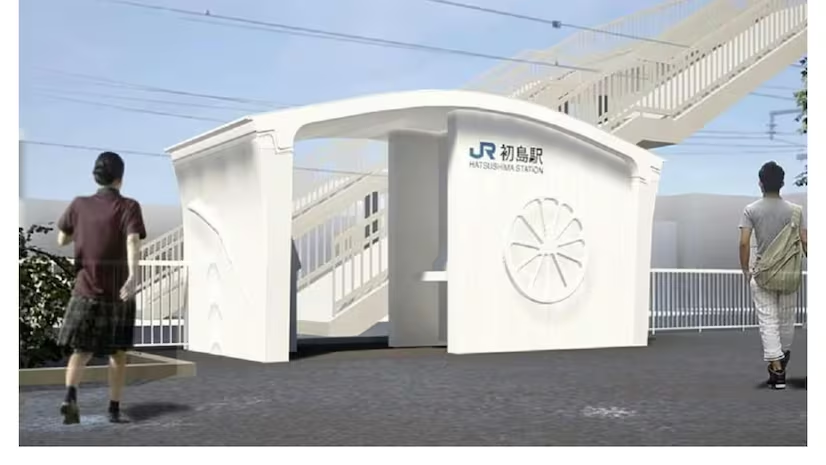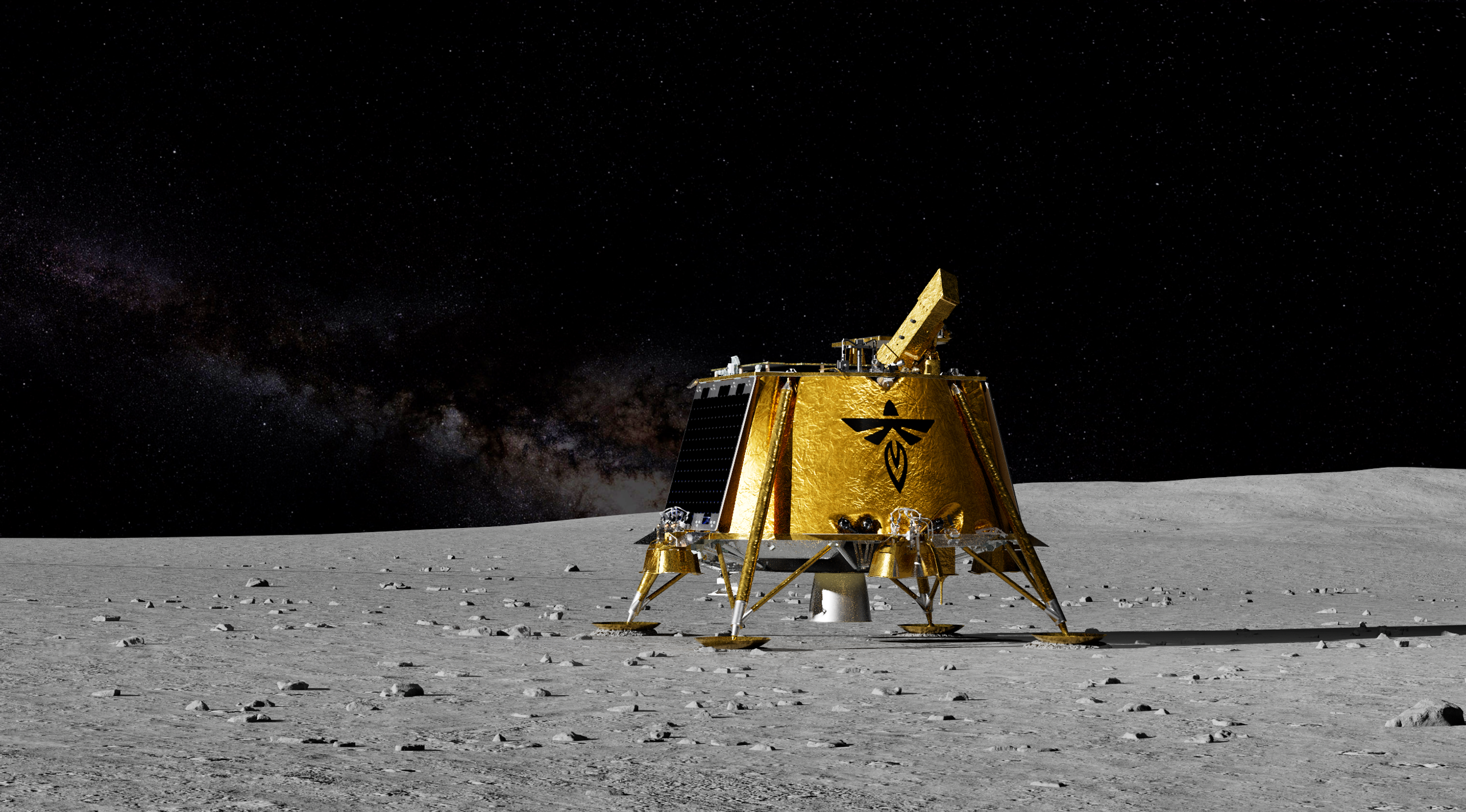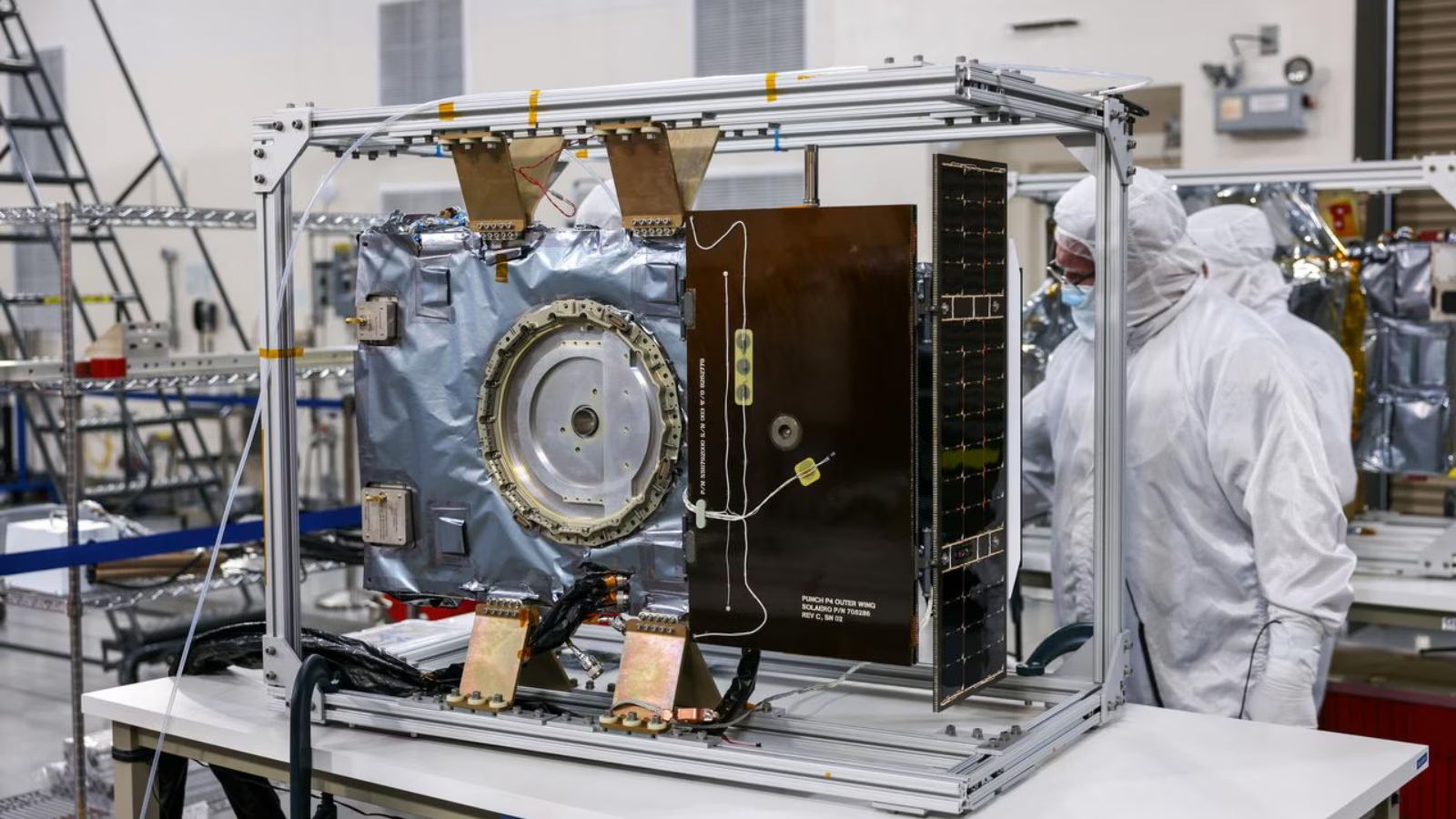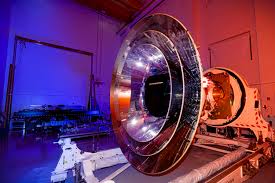- Courses
- GS Full Course 1 Year
- GS Full Course 2 Year
- GS Full Course 3 Year
- GS Full Course Till Selection
- CSAT
- 5 LAYERED ARJUNA Mentorship
- Public Administration Optional
- Online Program
- GS Recorded Course
- NCERT Batch
- Polity Module Course
- Geography Module Course
- Economy Module Course
- AMAC Module Course
- Modern India, Post Independence & World History Module Course
- Environment Module Course
- Governance Module Course
- Science & Tech. Module Course
- International Relations and Internal Security Module Course
- Disaster Management Module Course
- Ethics Module Course
- Essay Module Course
- Current Affairs Module Course
- ABOUT US
- OUR TOPPERS
- TEST SERIES
- FREE STUDY MATERIAL
- VIDEOS
- CONTACT US
Japan Constructs 3D-Printed Train Station in Just Six Hours
Japan Constructs 3D-Printed Train Station in Just Six Hours
11-04-2025

- In April 2025, the West Japan Railway Company has unveiled what it claims to be the world’s first 3D-printed train station.
- Located in the city of Arida, this innovative infrastructure project was completed in a record time of just six hours, highlighting the immense potential of 3D printing technology in construction and public infrastructure.

3D-Printed Train Station in Japan
Understanding 3D Printing
- What is 3D Printing?
- Also known as additive manufacturing, 3D printing is a process of creating three-dimensional physical objects directly from digital designs.
- It involves the layer-by-layer addition of materials to build the final product, as opposed to traditional subtractive manufacturing methods that remove material from a solid block.
- How Does it Work?
- The process begins with a digital 3D model. Using specialized printers, material—such as plastic, metal, or concrete—is deposited layer by layer until the object is fully formed.
- This additive approach allows for exceptional precision and design flexibility.
Key Advantages of 3D Printing
- Rapid Prototyping & Concept Realization: Designers and engineers can quickly transform digital models into tangible products, enabling faster development cycles and innovation.
- Reduced Workforce Dependency: Particularly beneficial in nations like Japan, where the population is aging and the labor force is shrinking, 3D printing minimizes the need for manual labor.
- On-Demand Customization: Custom items can be produced without the need to overhaul manufacturing lines, making personalization easy and efficient.
- Cost Efficiency: By minimizing material waste and reducing reliance on large inventories, 3D printing leads to significant savings in production and operational costs.
- Enhanced Design Flexibility: Complex geometries and intricate lattice structures, which are difficult or impossible to achieve with traditional methods, are easily created through 3D printing.
- Sustainable and Eco-Friendly: The technology supports localized, on-demand production which lowers transportation emissions, material usage, and overall environmental impact.
Diverse Applications of 3D Printing
- Manufacturing Sector: Widely used in the production of consumer goods like eyewear, as well as industrial tools, functional parts, and prototypes.
- Healthcare Innovations: From tailor-made prosthetics to bio-printing of human tissues and organs (like "organ-on-a-chip" technology), 3D printing is revolutionizing medical care.
- Construction Industry: Enables the rapid creation of architectural models and even full-scale structures, as demonstrated by the Arida train station. It also allows for greater precision and reduced construction time.
- Cultural and Historical Preservation: Assists archaeologists and historians in reconstructing fossils, restoring artifacts, and creating replicas for educational purposes.
- Forensic Science: Used to recreate crime scenes and reconstruct evidence, particularly in forensic pathology.




